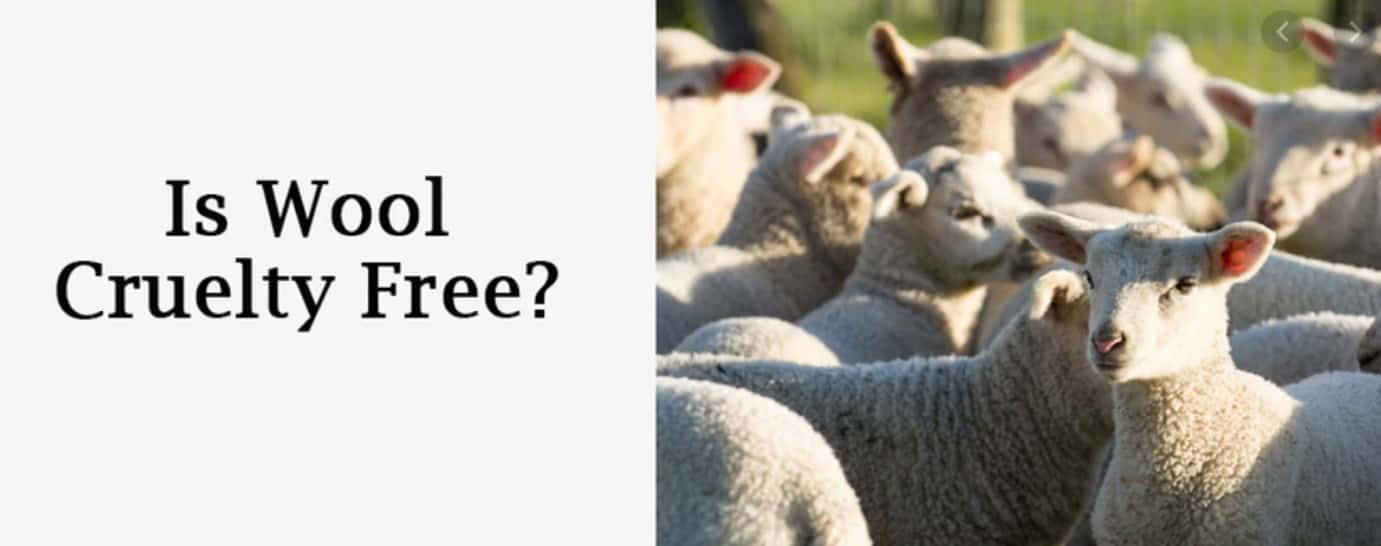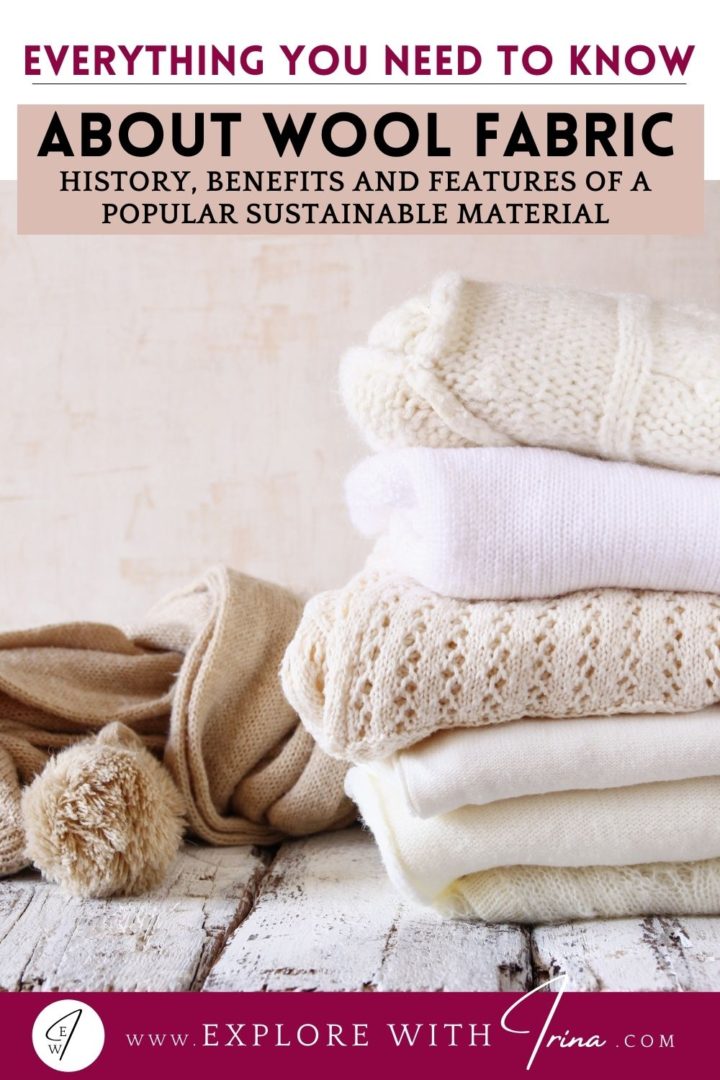Just like all other natural materials, wool is known to humanity for thousands of years. However, it has always been taking an extraordinary place in the fashion ad culture of various peoples.
Wool is not just a material for millions of people. It is so diverse and widespread, has such a rich history that hardly can you explain its real nature ad character with words. Besides being a popular clothing and textile material, wool had medicinal and religious features in various cultures.
It is still an essential element of various religious rituals, spells, and beliefs against the evil eye, disease, and bad luck. Of course, most of those beliefs have already slipped into oblivion ad remain only on the pages of kids’ books. But even in the XXI century, no material would be so appreciated, discussed, and all-time trendy as wool.
It never leaves runaways coming back every Fall/Winter fashion show of every brand. Wool has made an enormous comeback recently as the most debated sustainable material. Let’s overview its history, nature, and benefits and understand whether wool is that further embodiment of sustainable fashion or is a pretty controversial material today.

Where does wool come from? Is it a cruelty-free material?
Talking about the wool origin, most of us will imagine a sheep. On the one hand, it is true; sheep is the most domesticated “wool provider”. However, you may find various kinds of wool material today that come from multiple animals. For example, goats and llamas wool are extremely popular today, and wool comes from yaks, rabbits, musk oxen, camels, and bison.
Simultaneously, the origin of wool is the main reason for concerns about its cruelty-free nature. Although the sheep stays alive after being shorn, a professional must do the procedure not to harm or injure the animal. The living conditions of animals also play a significant factor in whether wool is a cruelty-free material.
However, the upkeep, maintenance, and feeding of animals and the shaving manner and skills play an essential role in the wool’s quality. In other words, the brand that cares about its reputation and wants to provide a high-end product will always treat the animals that give it with care and love. Today New Zeeland and Australia have the most significant populations of sheep. However, China remains the leading importer of raw wool and manufacturer of wool products. This fact raises the main concern about the nature and origin of Chinese wool as a cruelty-free product.

From the sheep to your wardrobe
After being shorn, the wool goes through a complicated multileveled cleaning procedure. First, they take off all the visible dirt, leaves, and twigs.
Then the wool is reduced from the excessive lanolin that sits and builds on sheep’s fur for a year since the last shave. Lanoline is a highly-appreciated component in the beauty care industry.
Then the wool goes through a complicated spinning process. There are two ways to do it:
- The Carding method – is a spinning process that pulls fibers apart, creating the fluffy and soft material due to air pockets that appear between fibers;
- The Worsting method, vise versa, involves thorough brushing of the threads and aligning them tightly to create a smooth and sleek touch.
As a result, the “fluffy” wool is much softer and pleasant to touch, but the “tight” material is significantly more durable.
They make the wool material using massive horizontal looms. Although they are all automated and work faster and more efficiently than the old manual wowing machines, their work principle didn’t change much since the dawn of time. Wool is an extremely versatile material. It can be altered in many different ways: colored, brushed, or coated with protective materials that make it even more durable.
Environmental impact of wool manufacture
Wool from domesticated animals causes the same environmental concerns as all animal husbandry today. Just like all ruminant animals, sheep produce a large amount of methane gas. More than 50% of the entire carbon footprint made by wool production results from the sheep’s lifespan itself. At the same time, all other fabrics produce most emissions from their actual manufacture.
The fashion industry’s demand for certain wool fabrics has a significant effect on the environment of the regions where certain types of animals live. For example, the most recent cashmere boom has lead to the fact that the number of domestic goats in Mongolia almost instantly grew from roughly 2,5 million to more than 26 million animals. Except for the raising methane emission, this process leads to serious misbalance in the region’s ecosystem, causing various animals to leave their inhabitants and many plants to extinct.
However, wool is at the same time the most reused and recyclable material today. The products themselves are durable and long-lasting, but many brands today prefer to create items from entirely-recycled wool. This feature makes wool very popular today as a material that educates about sustainable fashion and encourages the industry to find eco-friendly solutions. Wool might be the most controversial natural material today. On the one hand, it is ultimately sustainable as the sheep’s fleece grows back pretty fast. Once the shaving and farming are ethical and clean, you may consider wool a sustainable and honest material. However, we all know that there is no end to men’s lust for revenue. Therefore many farmers and manufacturers still use cruel and irresponsible practices that make the sheep a threat to the local environment. There is a certification called Cradle to Cradle. To receive it, a manufacturer must align to several crucial sustainability and ethical requirements such as renewable energy and carbon management, water stewardship, material reuse, and social fairness. This is one of the most popular certifications among those who look for ethical cruelty-free materials, including wool. Another way to make sure that you are buying from a truly sustainable and ethical brand is to do focus research. Companies that put effort into maintaining their environmental and cruelty-free policies are always quite open about their manufacturing methods.








0 Comments